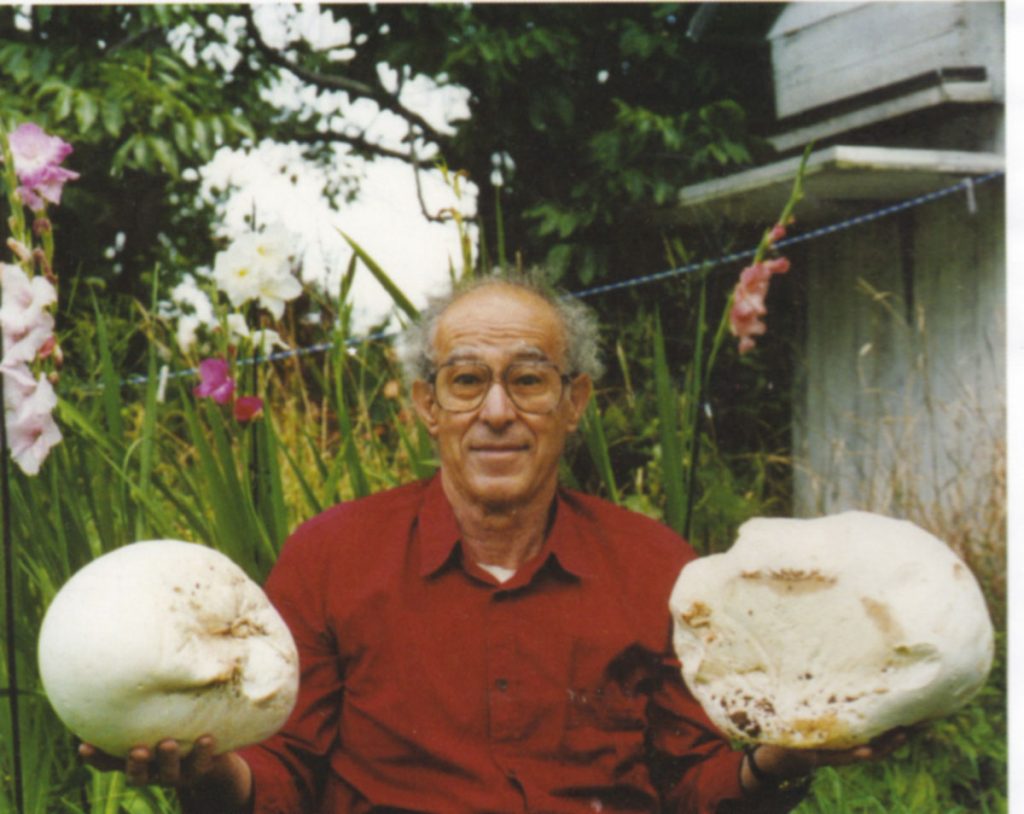
Born in New York City in 1923, Louis Finkelstein studied painting at the Cooper Union, the Art Students League of New York and the Brooklyn Museum School of Art. One of his teachers was Edwin Dickinson. Finkelstein was an artist and an educator. He was an articulate speaker and writer on art. He taught at the Philadelphia College of Art, Yale School of Art (where he served as interim dean of the Art School from 1962-64), and he was the head of the art department at Queens College, CUNY for more than 25 years. In 1979, he received the College Art Association’s award for distinguished teaching and in 1999, was awarded an honorary doctorate in the fine arts from the Maryland Institute College of Art. Finkelstein received several Fulbright grants, an NEA for painting, and he was a member of the National Academy of Design. His paintings have been shown at Yale University, the New York Studio School, the Riverside Museum, the Whitney Museum of American Art, the Corcoran Gallery and the Pennsylvania Academy. He died in Manhattan in 2000. (from his Wikipedia page )
“Whether expressing himself as critic or artist, in words or through images, Mr. Finkelstein brings to his task extraordinary intellectual invention, emotional intensity, and perceptions grounded in sound historical and scientific research. As a result, he has gained an extremely loyal audience—mainly of other artists and educators—whom he has helped find new insights into the human impulse to organize experience into compelling visual structures.
“Since 1948, in addition to maintaining an active career as a working artist and teacher, Mr. Finkelstein has steadily shared his reflections on various aspects of the visual arts through articles and papers. Published in such respected journals as Art News, Artforum, and the College Art Journal, Finkelstein’s writings trace the course of his original and timely thinking on a variety of issues related to art, artists, and the making of art. Although informed by his restless and eclectic interests in a number of disciplines, his writings are perhaps most appreciated because no matter how weighty or provocative their content, they are always grounded in the sensibilities and experience of a working artist.
“This empathy with the physical enterprise of the artist also characterizes Mr. Finkelstein’s enormously rich and wide-ranging body of lectures. Often illustrated by slide examples of the subject at hand, Finkelstein’s lectures are notable for not only the inventiveness of his language and the originality of his ideas, but also for the very formative role they play in the development of his themes. Part of the joy in attending a Finkelstein lecture resides in the opportunity to witness a process of continuing thematic development while it is simultaneously being presented. For Finkelstein, talking, like painting, is used as an opportunity for further reflection and discovery. Through this virtual process of repetition and reinvention, language and content, like paint and image, are refined and coalesced into unified structures.”
Ray Allen, Maryland Institute, College of Art (VP of Academic Affairs and Provost of MICA)
“I am a Formalist. I play with forms and the forms move me. I find their logic in the world through working with them. It’s not that I’m reporting on the world. My conception is that I find the painting language in itself–its openness, its susceptibility to exploration, variation, influence, comparison, tradition and upsetting tradition, competition, and emulation – reveals the felt content of the world. So that my real stance is inside the language.”
Finkelstein was also a much respected and loved educator as well as a spirited and articulate speaker and writer on Art. He taught at the Philadelphia College of Art, Yale School of Art, and was head of the Queens College of CUNY for more than 25 years. In 1979 he received the College Art Association’s Award for Distinguished Teaching and was awarded an Honorary Doctorate in the Fine Arts from Maryland Institute College of Art in 1999. He received several Fulbright Grants, an NEA for Painting, and was a member of the National Academy of Design. Rosemarie Beck has called Louis Finkelstein “the aesthetic conscience of his generation”.